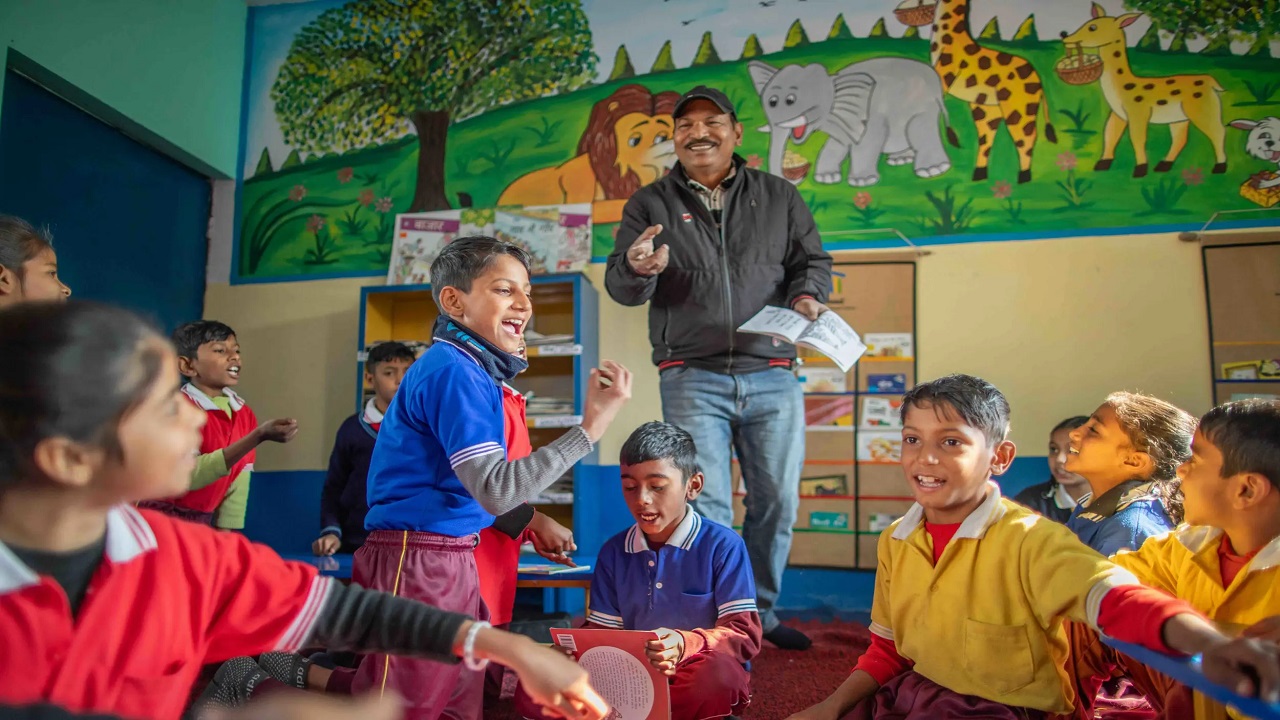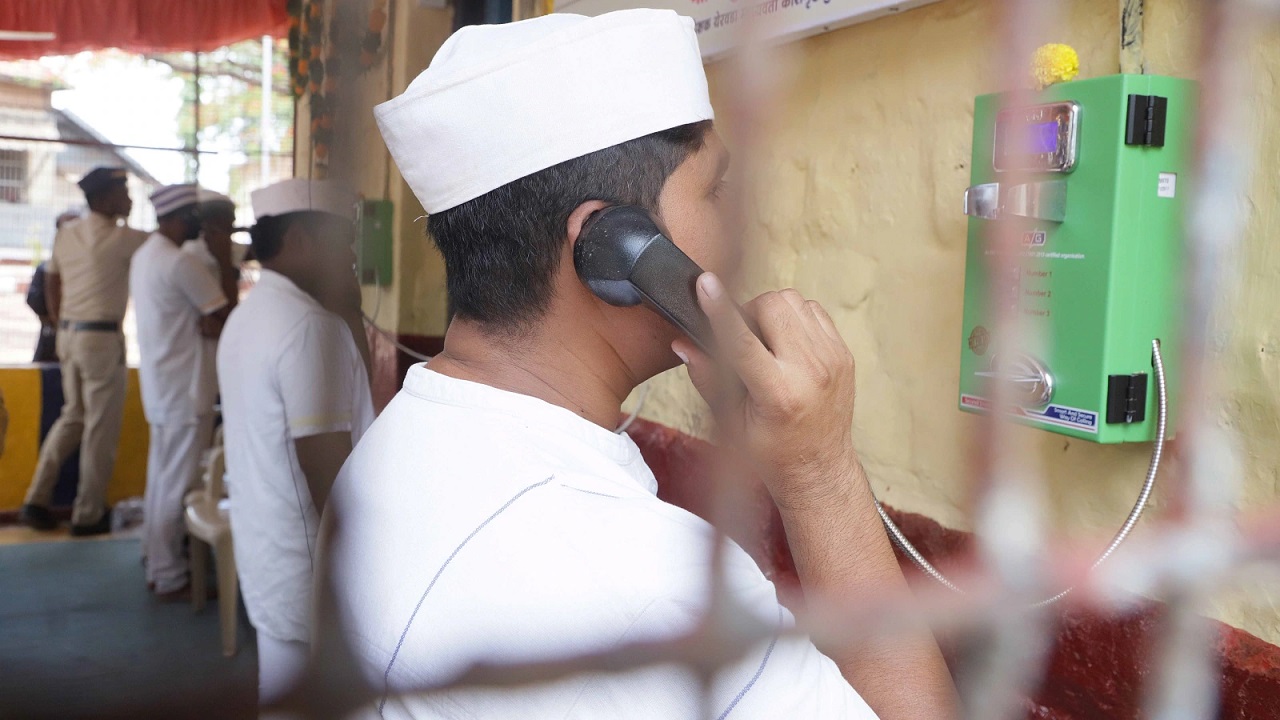Literacy in India: Status, Schemes, and the Road Ahead
Context:
Tripura has recently attained the status of a “fully literate state”, based on data from the Understanding Lifelong Learning for All in Society (ULLAS) – Nav Bharat Saksharta Karyakram. This achievement highlights India's progress in improving literacy, especially in the northeastern region, and aligns with the broader national goals of inclusive and equitable education.
What is Literacy?
-
As per the ULLAS programme, literacy is defined as the ability to read, write, and perform basic arithmetic with comprehension, along with critical life skills like digital and financial literacy.
-
According to the Office of the Registrar General of India, a literate person is someone aged 7 years and above who can read and write with understanding in any language.
Status of Literacy in India (2023–24)
-
India's total literacy rate: 80.9%
-
Top states by literacy rate:
-
Goa – 99.72%
-
Mizoram – 98.2%
-
Kerala – 96.2%
-
Tripura – 95.6%
-
-
States with lowest literacy rates:
-
Andhra Pradesh – 72.6%
-
Bihar – 74.3%
-
Major Government Measures to Promote Literacy
-
Right to Education (RTE) Act, 2009
Ensures free and compulsory education for children aged 6–14 years, sets minimum standards for schools, and prohibits discrimination and corporal punishment. -
National Education Policy (NEP), 2020
-
Emphasizes foundational literacy and numeracy.
-
Promotes multilingualism, vocational training, and digital education.
-
Focuses on 21st-century skills and holistic development.
-
-
Samagra Shiksha Abhiyan
An umbrella programme integrating:-
Sarva Shiksha Abhiyan (SSA)
-
Rashtriya Madhyamik Shiksha Abhiyan (RMSA)
-
Teacher Education (TE)
-
-
PM SHRI Schools (2022)
-
Aims to upgrade 14,500 schools as model institutions to demonstrate NEP implementation.
-
Covers government and local body-run elementary to senior secondary schools.
-
-
DIKSHA Platform
-
Offers digital resources for teachers and students.
-
Supports blended learning and teacher training.
-
-
Beti Bachao, Beti Padhao
-
Promotes education of the girl child.
-
Addresses gender-based educational disparities.
-
-
PM Vidyalakshmi Scheme
-
Provides collateral-free loans for students entering Quality Higher Education Institutions (QHEIs).
-
Removes financial barriers to higher education.
-
Effectiveness of Educational Initiatives
-
Literacy improvement:
-
From 14% in 1947 to 80.9% in 2023–24.
-
-
Reading ability among Class 3 students:
-
23.4% could read Class 2-level text in 2024, up from 16.3% in 2022.
-
-
Arithmetic skills:
-
Notable improvement seen across both government and private schools.
-
-
Preschool enrolments (age 3–5):
-
Increased in 2024 compared to 2018 and 2022, reflecting NEP’s focus on Early Childhood Care and Education (ECCE).
-
Key Challenges in Achieving Higher Literacy
-
Social exclusion:
-
Marginalized groups face limited access due to caste, gender, and poverty.
-
-
Regional disparities:
-
Large gaps exist between urban and rural, private and public, and state-wise education quality.
-
-
High dropout rates:
-
Caused by poverty, child labour, poor infrastructure, and lack of support services.
-
-
Teacher-related issues:
-
Shortages, uneven qualifications, and lack of training affect quality.
-
-
Administrative inefficiencies:
-
Bureaucratic delays hinder timely implementation of schemes.
-
Way Forward
-
Curriculum restructuring to make learning more practical, skill-based, and inclusive.
-
Focus on interactive, tech-enabled education tailored to the needs of diverse learners.
-
Promote community participation, digital equity, and teacher empowerment to close the existing gaps.




Comments (0)